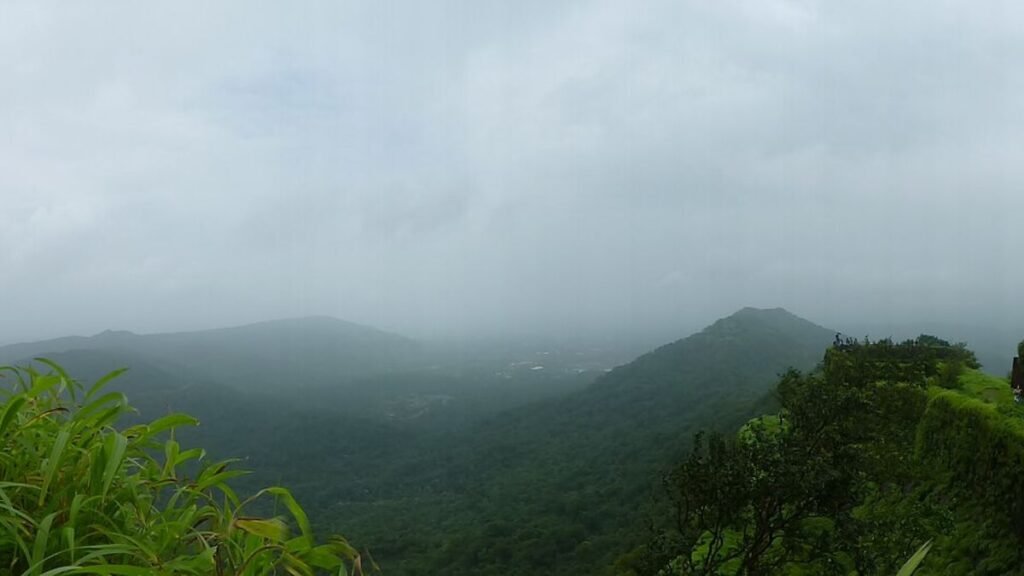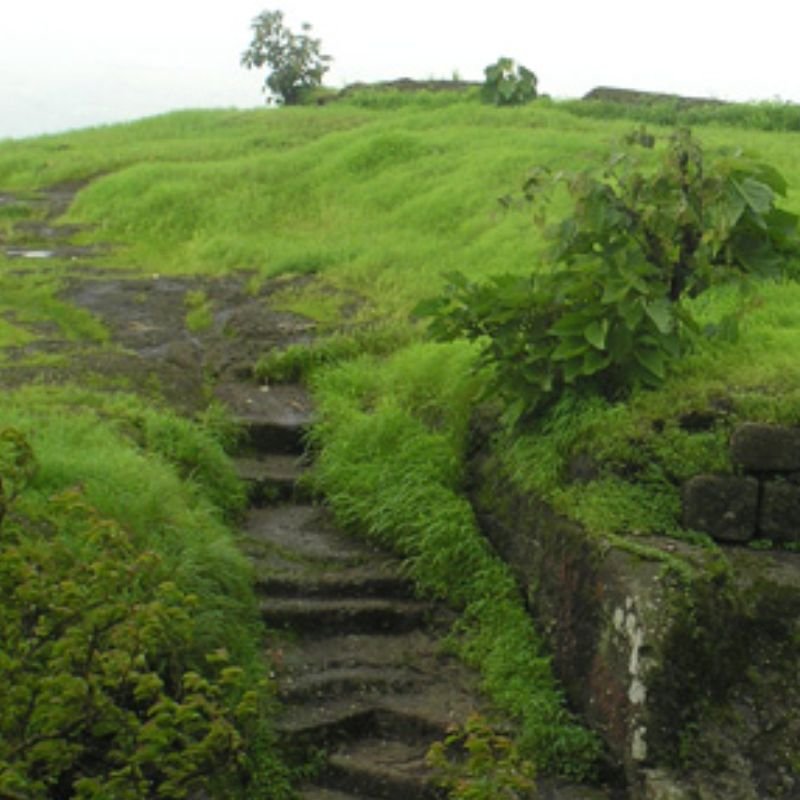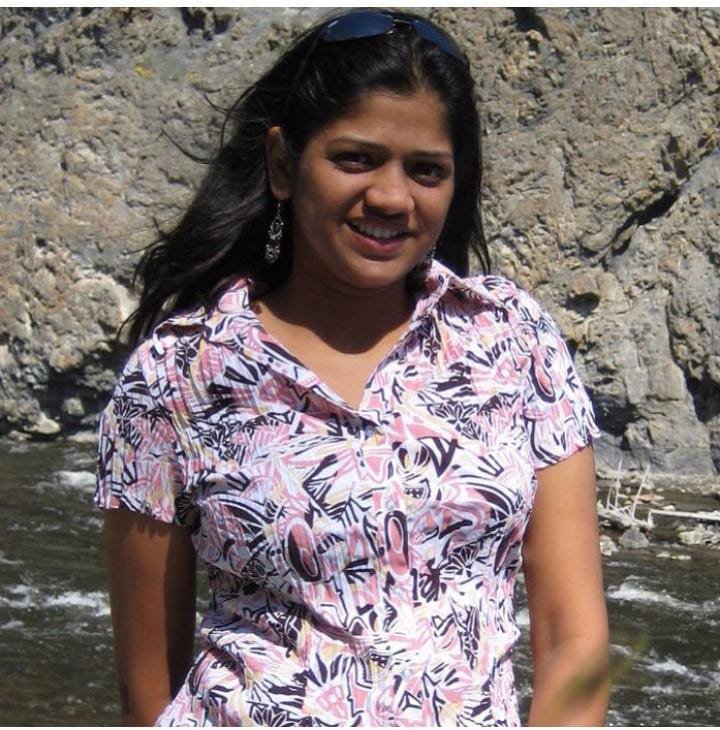There’s a feeling every Mumbaikar knows. It’s that moment when the city’s relentless energy, the constant symphony of horns and hustle, becomes a little too much. You crave a deep breath of clean air, a splash of green to soothe your screen-tired eyes, and a silence broken only by the sound of your own footsteps. For me, the answer to that craving has always been the Karnala trek. Tucked away near Panvel, this little pocket of the Sahyadris isn’t just a trail; it’s a reset button, a perfect one-day escape that offers a soul-soothing trifecta of nature, history, and a thrilling challenge.
Why You Must Try a Monsoon Trek in Maharashtra (7 Reasons)
I recall my first attempt at this Karnala trek years ago, a wide-eyed novice armed with more enthusiasm than experience. Since then, Karnala has become my old, reliable friend. It’s the trek I recommend to beginners, the one I revisit when I need a quick dose of the mountains, and the place that reminds me that a world-class adventure lies just a short drive from my city’s chaos.
This isn’t just another itinerary scraped from the internet. This is my personal logbook, a guide filled with the little secrets, the honest warnings, and the heartfelt advice I’ve gathered over many journeys to its famous thumb-shaped pinnacle. So, if you’re ready to trade the skyline for a forest canopy, let’s get you prepared for your first or next adventure to Karnala Fort.
About the Author:Hi, I’m V. As a travel blogger who calls the bustling city of Mumbai home, I’ve made it my mission to explore the wild heart of the Sahyadris that lies just beyond the city limits. I believe adventure doesn’t have to be a ten-day Himalayan expedition; it can be a single, transformative day. Karnala trek was one of my first loves in trekking, and this guide is my way of sharing that passion and experience with you.
The Triple Treat: Why Karnala Trek is More Than Just a Climb

What I adore about Karnala Trek is that it’s not a one-trick pony. It rewards you in three distinct ways, making it one of the most fulfilling one-day treks near Mumbai and Pune.
- The Perfect Escape: Its biggest advantage is its accessibility. It’s so close to the city that you can wake up in your own bed, have an incredible mountain adventure, and be back home for dinner. It’s the definition of a perfect weekend micro-adventure.
- Nature’s Overture (The Bird Sanctuary): The trek starts within the protected Karnala Bird Sanctuary. Your journey to the top is accompanied by a live orchestra of birdsong. The air is thick with the calls of peacocks, the chatter of drongos, and if you’re lucky, the sight of something truly exotic.
- The Historical Challenge (The Fort & Pinnacle): At its heart is the formidable Karnala Fort, crowned by a 125-foot lava plug known as the “Thumb.” This pinnacle has watched over ancient trade routes for centuries. The final climb to its base is a thrilling, adventurous scramble that makes you feel like you’ve truly earned the view.
The Journey, Step-by-Step: A Hiker’s Field Guide
Let’s walk the trail together. Knowing what to expect is the key to a safe and enjoyable trek.

Getting to the Base
The starting point is the entrance of the Karnala Bird Sanctuary, located right on the Mumbai-Goa highway (NH-66), about 10 km from Panvel.
- From Mumbai/Pune by Car: It’s a straightforward 1.5 to 2-hour drive. Parking is available near the entrance.
- By Public Transport: The most economical way is to take a local train to Panvel station. From outside the station, you can hire an auto-rickshaw (they’ll charge a bit extra) or hop onto any state transport bus heading towards Pen or Alibaug and ask to be dropped at the Karnala Sanctuary gate.
The Starting Gate: Rules and Realities
You begin at the Forest Department office.
- Timings: The sanctuary gates are open from 7:00 AM to 5:00 PM. I strongly advise starting your trek no later than 9:00 AM.
- Entry Fee: There’s a nominal entry fee per person and extra charges for a camera.
- The No-Plastic Rule: This is a fantastic initiative. They count your plastic bottles and wrappers and take a small deposit (around ₹200). You get the deposit back when you show them the same items on your way out. It’s a great way to ensure no one litters.
The Fork in the Road: Choosing Your Path
A short walk from the gate, the trail splits.
- The Main Trail (To the Right): This is the well-marked, easier, and more scenic route. If you are a beginner, this is the trail for you. It’s a gradual, winding path through the forest.
- The “Harder” Trail (To the Left): This path is steeper, less defined, and more of a direct climb. While it’s shorter, it’s more strenuous. I only recommend this for experienced trekkers.
The Forest Walk: A Humid Embrace
The first half of the trek is a beautiful walk through the dense forest of the bird sanctuary. The path is a mix of earthy trails and stone-laid steps.
- My Experience: The first thing that will hit you, especially if you’re not in the peak of winter, is the humidity. The thick forest canopy traps the moisture, and you will start sweating almost immediately. This is why carrying enough water is not a suggestion; it’s a command! The trail is shaded, which is a blessing, and the constant sound of birds makes it a truly immersive nature walk.
The Plateau and the First Glimpse
After about an hour of steady climbing, you’ll reach a small, open plateau. This is a great spot to take your first real break. From here, you get a clear, intimidating view of the final prize: the thumb-shaped pinnacle looming above you. It looks a lot closer than it is!
The Final Ascent: The Real Challenge Begins
This is where the trek transforms from a walk into a climb. The trail gets significantly steeper and rockier. You’ll encounter two to three iron-railed sections that require you to use your hands to pull yourself up.
- My Honest Advice: This is the part that tests beginners. Take your time. Hold the railings firmly. If you’re trekking in the monsoon, these rock patches can be incredibly slippery and mossy. A good pair of shoes with a solid grip is your best friend here. Don’t be afraid to take a break after each patch. The thrill of this section is what makes the trek so memorable.
The Summit: At the Base of the Thumb
After the final scramble, you reach the top of the fort. You are standing at the base of the massive pinnacle. The 360-degree view from here is your reward. On a clear day, you can see the entire Mumbai skyline, the Prabalgad and Matheran ranges, and the winding roads below.
- Exploring the Fort: The fort itself has ruins of a temple and water cisterns (filled with water in the monsoon). The pinnacle, which once served as a watchtower, has a small inscription at its base. While there are rudimentary steps carved into the pinnacle, climbing it is now restricted and extremely dangerous. Please do not attempt it.
An Honest Assessment: How Difficult is the Karnala Trek?
I would classify the Karnala trek as Easy to Moderate.
- For Beginners: It’s an excellent first “real” Sahyadri trek. The trail is well-defined, and the distance isn’t overwhelming. The final rock patch will feel like a big accomplishment.
- For Experienced Trekkers: It’s a relatively easy and quick climb, perfect for a day of light training or when you just need a quick nature fix.
- The Real Challenges: The two main factors that increase the difficulty are:
- The Humidity: It can be extremely draining, especially in the post-monsoon months.
- The Final Rock Patch: This requires some upper-body strength and can be intimidating for those with a fear of heights.

When to Visit Karnala Trek: My Personal Take on the Seasons
- Monsoon (June to September): The landscape is breathtakingly green, and the clouds and mist create a magical, dramatic atmosphere. However, the trail becomes very slippery and muddy, and the final climb is more treacherous. Go only if you have excellent, high-grip footwear.
- Winter (October to February): This is the best time, in my opinion. The weather is pleasant and cool, the humidity is low, and the views from the summit are crystal clear. It’s the perfect season for beginners.
- Summer (March to May): I would strongly advise against trekking in the summer. The heat and humidity are oppressive, and the trail can be dehydrating and exhausting.
My Essential Packing List (Priya’s Pro-Tips)
- Water (The #1 Priority): Carry a minimum of 2 litres of water per person. There are no water sources on the trail.
- Electrolytes: Add an electrolyte powder (like Electral) to one of your bottles. It’s a lifesaver in the humidity.
- High-Grip Shoes: I cannot stress this enough.
- A Small Backpack: Keep your hands free for the final climb.
- High-Energy Snacks: Energy bars, fruits, nuts.
- A Small First-Aid Kit: Band-aids for blisters are a must.
- Sun Protection: A hat and sunscreen, especially in winter.
- A Change of Clothes (Optional): You will be drenched in sweat, and having a dry t-shirt to change into after the trek feels amazing.
Frequently Asked Questions (A Traveler’s Notebook)
Are there washrooms available?
Yes, there are basic washroom facilities near the entrance gate at the base. There are none on the trail itself.
Is food available at the fort?
No. You must carry your own food and snacks. There are a few small restaurants on the highway near the entrance for a post-trek meal.
Is the Karnala trek safe for solo female travelers?
The trail is quite popular, especially on weekends, so you will find many other groups. It is generally considered safe. However, as with any solo travel, it’s always wise to inform someone of your plans and be aware of your surroundings.
Final Thoughts: Your Closest Mountain Escape
Karnala is a reminder that you don’t need to travel far to find adventure. It’s a microcosm of everything I love about the Sahyadris—the lush forests, the challenging climbs, the deep history, and the stunning views. It’s a perfect, accessible, and deeply rewarding trek that will leave you feeling tired, accomplished, and completely refreshed.
So, the next time the city closes in on you, you know where to go. The thumb is waiting.


